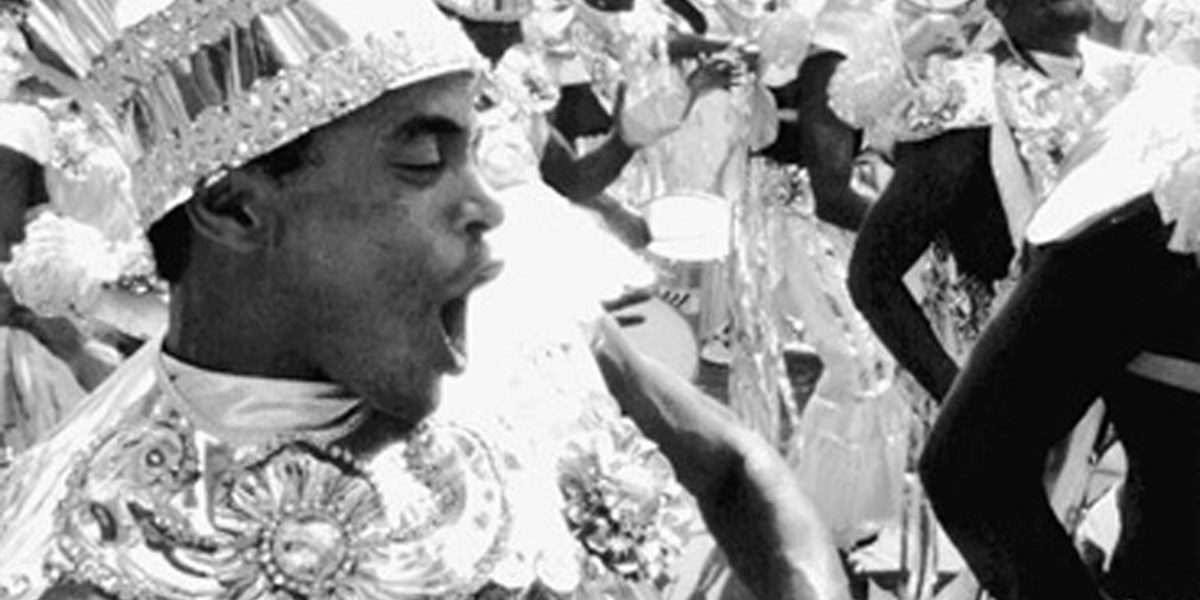Thursday, September 27, 2018
The Rough Guide to World Music: Brazil
By David Cleary
Brazilian music is a whole world of its own. It may be best known for samba – the irrepressible rhythm of carnival – but that's only a fraction of the story


Register now to continue reading

Thanks for visiting the Songlines website, your guide to an extraordinary world of music and culture. Sign up for a free account now to enjoy:
- Free access to 2 subscriber-only articles and album reviews every month
- Unlimited access to our news and awards pages
- Our regular email newsletters

